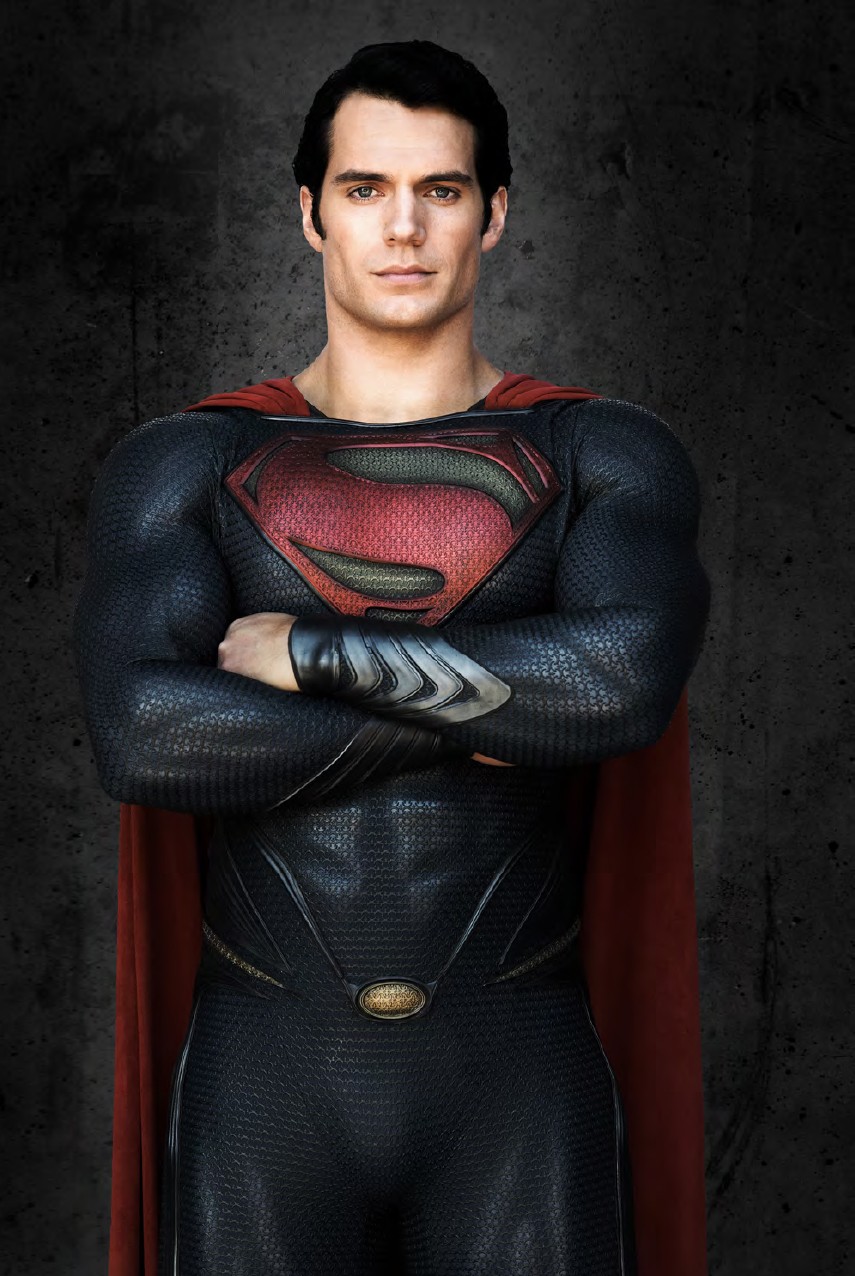This week I watched two very different (yet in some ways similar) movies from Netflix. The first was The Wizard of Oz, which I probably haven't seen for at least 40 years. Made in 1939, it had what, for its time, was amazing special effects (although on Blu-ray it is sometimes very easy to spot the matte paintings). In Oz the special effects do what they are supposed to do in a movie: show the audience things it cannot see in real life that are integral to the story. The special effects enhance the story, they aren't the story.
Then I watched Man of Steel, a CGI effects-laden movie the kludges you with over-the-top violence and effect after endless effect. Man of Steel (the latest re-boot of the Superman movies) was directed by Zack Snyder who has directed some really good movies (300) and some not so good movies (Watchmen). And he does direct action scenes with an intensity and power few directors and muster. But there was a point near the end of Man of Steel that I stopped caring and just want to CGI to stop and the story continue. But the story is old and if you've seen Superman II, you'll pretty much know it. And stripped of its CGI, the story is wafer-thin. This movie is two hours and twenty-some odd minutes long. If the fight scenes were cut in half (and they could have been if Snyder wasn't so in love with his computer enhancements), it could have been an hour and a half, easily.
Remember our discussion on the uses of special effects? Special effects are to enhance the story, not be the story. I think Zack Snyder forgot that with Man of Steel.


No comments:
Post a Comment